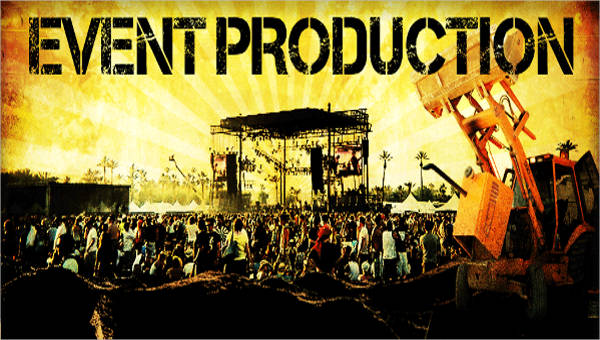Transforming Spectator Engagement Via Engaging VR Encounters in Real-time Performances
Transforming Spectator Engagement Via Engaging VR Encounters in Real-time Performances
Blog Article
Within recent times, virtual VR has emerged a potent instrument for enhancing viewer involvement in real-time performances. This innovation enables viewers to immerse themselves in a three-dimensional setting, crafting a unique experience that conventional media cannot replicate. By utilizing VR, creators can move audiences into the heart of the action, making them feel as if they are integral of the show. This innovative method not only captivates viewers but also unlocks new opportunities for storytelling and interaction.
One of the primary advantages of using VR in live productions is the capability to forge a more engaging encounter. Audiences can engage with the show in the moment, influencing the result or exploring different perspectives. For example, in a theater show, viewers wearing VR goggles can select to pursue particular characters or scenes, enabling them to customize their experience. This degree of engagement fosters a deeper connection between the viewers and the show, making it more memorable and significant.
Moreover, VR technology can enhance the visual and auditory aspects of a real-time production. Using high-quality graphics and sound engineering, producers can build stunning settings that attract audiences in. This engaging characteristic can elevate the overall experience, making it more engaging and pleasurable. For instance, a concert can be converted into a rich experience, where fans feel as if they are on stage with the performers. Such enhancements not only attract larger audiences but also encourage return viewing, as audiences seek to relive the excitement.
Alongside enhancing viewer involvement, VR can also offer insightful data for creators. Through examining how audiences engage with the digital environment, creators can gather information on viewer preferences and actions. This information can inform upcoming performances, assisting to tailor content to better meet the needs and desires of the audience. As a result, special effects for fashion shows VR not only enriches the present experience but also adds to the development of real-time performances as a complete entity.
As the technology continues to advance, the potential for VR in live performances is immense. From theater and concerts to athletic events and festivals, the possibilities are endless. By embracing this innovative approach, producers can revolutionize the way viewers engage with real-time performances. As more creators explore the integration of VR, it is probable that we will witness a change in how shows are crafted and delivered, ultimately leading to a more immersive and participatory prospect for live productions.